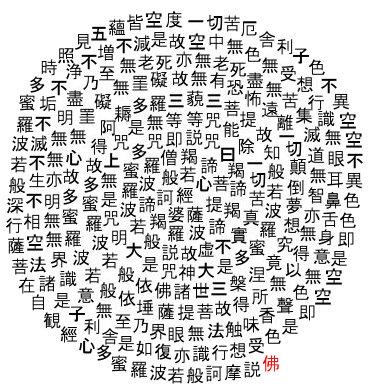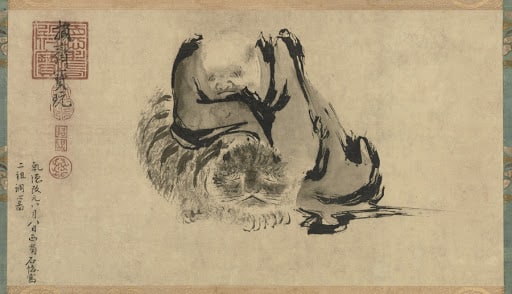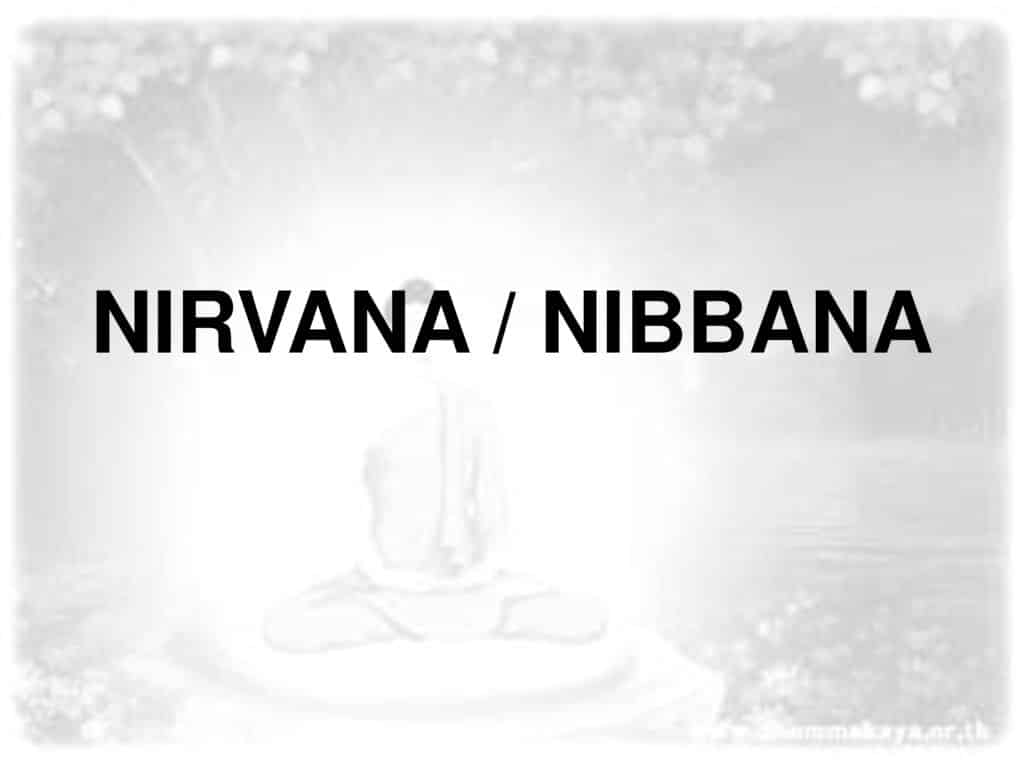The three marks of existence (Pāḷi: tilakkhaṇa; Sanskrit: trilakṣaṇa) or three seals are a major cornerstone of the Buddha’s teachings. In Buddhism, they represent the Buddha’s enlightened understanding of experiential reality, a reality that is not just theorized about but actually experienced, meaning it can be confirmed and verified through one’s own experience as well. Thus, these three characteristics of reality practically define the Buddhist path of wisdom.
Repeated all throughout the Pāḷi Canon (the earliest written record of the Buddha’s teachings) and accepted by all Buddhist traditions is the fundamental theme spoken by the Buddha:
All that is conditioned is characterized by momentariness.
All that is conditioned is characterized by dissatisfaction.
All phenomena (all that is conditioned and unconditioned) are characterized by selflessness.
Most modern translations typically follow the more common rendering of aniccā as impermanence, dukkhā as suffering, and anattā as not-self. The meaning is preserved, with the same three characteristics upheld:
All that is conditioned is subject to impermanence.
All that is conditioned is subject to suffering.
All phenomena (all that is conditioned and unconditioned) are not-self.
Anicca, impermanence; Anatta, not-self; and Dukkha, stress, unsatisfactoriness; are the three linked characteristics of life in the phenomenal world. Impermanence, not-self, and stress are also known as “The Three Marks of Existence.” All of life is impermanent and impersonal, lacking a definable self. It is through the establishment of an impermanent ego-self within an impermanent environment that initiates the underlying and pervasive unsatisfactory experience of human life.
The first two of the three seals (aniccā, dukkhā) apply to all conditioned things (saṅkhārā) and thus are transcended by the unconditioned release from suffering and the rounds of rebirth (Pāli: nibbāna; Sanskrit: nirvāṇa). The third seal (anattā) on the other hand applies to all phenomena (dhammā), conditioned and unconditioned alike.
Understanding these three characteristics, and their interdependence, is developed within the framework of The Eightfold Path. The Eightfold Path directly develops the understanding of “I-making” within an impermanent environment, and the subsequent unsatisfactory experience of the ego-self.
All manifestations of phenomenal reality are:
- Impermanent (anicca)–i.e., produced by causes, not self-subsistent, and subject to eventual decay. Everything is in a constant state of change. Nothing ever ceases to exist, it just changes form. In nature, a seed grows into a plant, and perhaps creates a flower, which eventually dies and falls to the ground to become part of the earth that grows a new seed. The same is true for all physical objects in some way, including our own bodies. Anicca is also seen in our inner life, in our emotions and thoughts – if we observe our mind and moods we see that they are in a constant state of movement and change, and that we can often hardly remember the emotions or thoughts we experienced so vividly at a prior time. Both pleasure and pain, and everything in between, are transient. Mindfulness and meditation practice help us to see this directly for ourselves. When we observe our own mind, we realize how every thought arises, captures our attention, and then dies away. If we observe the physical world, we can discover anicca marks all phenomena there as well.
- Suffering (dukkha)–Because human beings strive to attain permanent happiness in an impermanent world, this inevitably creates frustration, dissatisfaction, stress, and difficulty. Dukkha does not just refer to painful and difficult experiences, it refers to the fact that due to anicca, no single attainment, possession, or life situation can ultimately bring us lasting happiness. We might experience periods of joy based on these things, but because that joy is dependent on the external phenomenon, it will eventually end. Our mind has a natural grasping quality – it is always moving on to the next object of attachment, the next desire. When it is not doing this, it is consumed with keeping away that which we don’t want, or complaining about it. To attain true lasting happiness, happiness not dependent on our moment-to-moment circumstances, we must see through this ‘monkey mind’. We must break the cycle of dukkha. A profound understanding of dukkha is at the heart of the Buddha’s teachings on the Four Noble Truths, the foundation teaching of Buddhism.
- Without Self (anatta)–The human being is just as impermanent as all other temporal phenomena. Buddhists do not deny the existence of a provisional personality, what they deny is the existence of an eternal, unchanging self. The human personality is seen as the aggregate of the Five skandhas. According to Buddha, ultimately nothing has an immutable, core essence. Everything is composed of energy combined in different physical, mental, emotional or spiritual structures to create the appearance of solidity and immutability on the worldly plane. But at the core of these structures, there is ‘no-thing’ there. This applies to our deepest selves as well, and this teaching of no-self is one of the core differences between Buddhism and other religions that posit an eternal soul or spirit. It is also what distinguishes Buddhist teachings on rebirth from other theories of reincarnation. We are an ever-changing spectrum of energies. When we see this for ourselves, we can let go of our attachment to our idea of ourselves as a limited self.
It should be made clear that not everything is impermanent and not everything is subject to suffering, although the not-self characteristic is universally applicable. Only those experiences that are conditioned by greed, hatred, and delusion are impermanent and subject to suffering. There is, however, an Unconditioned (that which is not conditioned by greed, hatred, or delusion) – liberation, freedom.
photo credit: spektrum




